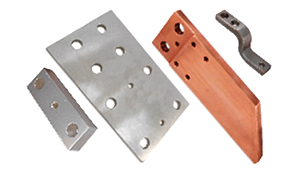hwy17
Anti-Solar Enthusiast
I think you are at risk of getting new old stock though. How long ago were these weird cells manufactured and what's their provenance, etc. The 280/304 stock is moving fast and fresh and we've honed in on these vendors who have actually established a reputation to uphold for good product supply.I did too many hours of research and came across the previously mentioned 3 cells. Shipping and taxes....etc 18650 cells would not be as cost effectively unless I scavenged for awhile and on top of that, the amount of them I would need for 125kWh...making that array would take many many man hours.
I won't tell you not to do something different, nothing wrong with it, but I will still say there's a good thing that's going on in the retail EVE cells.









